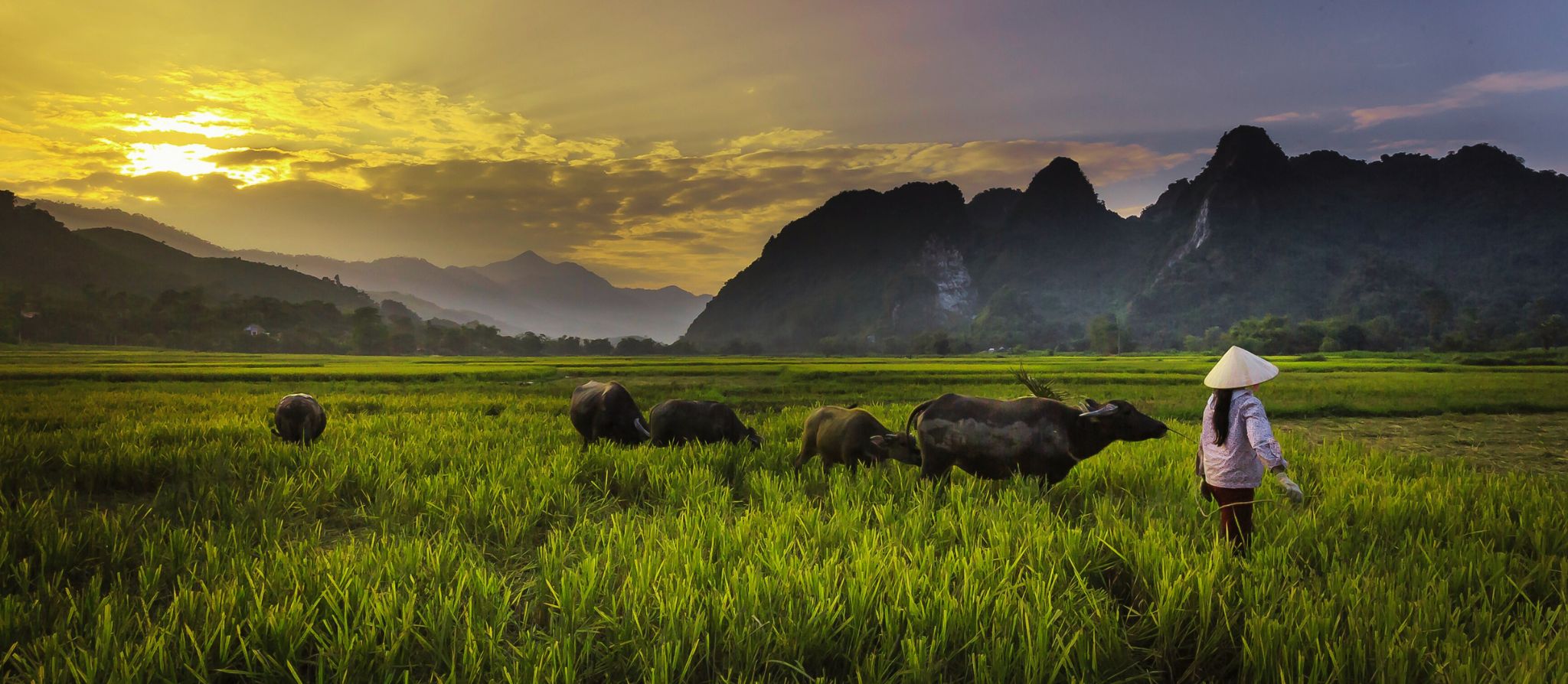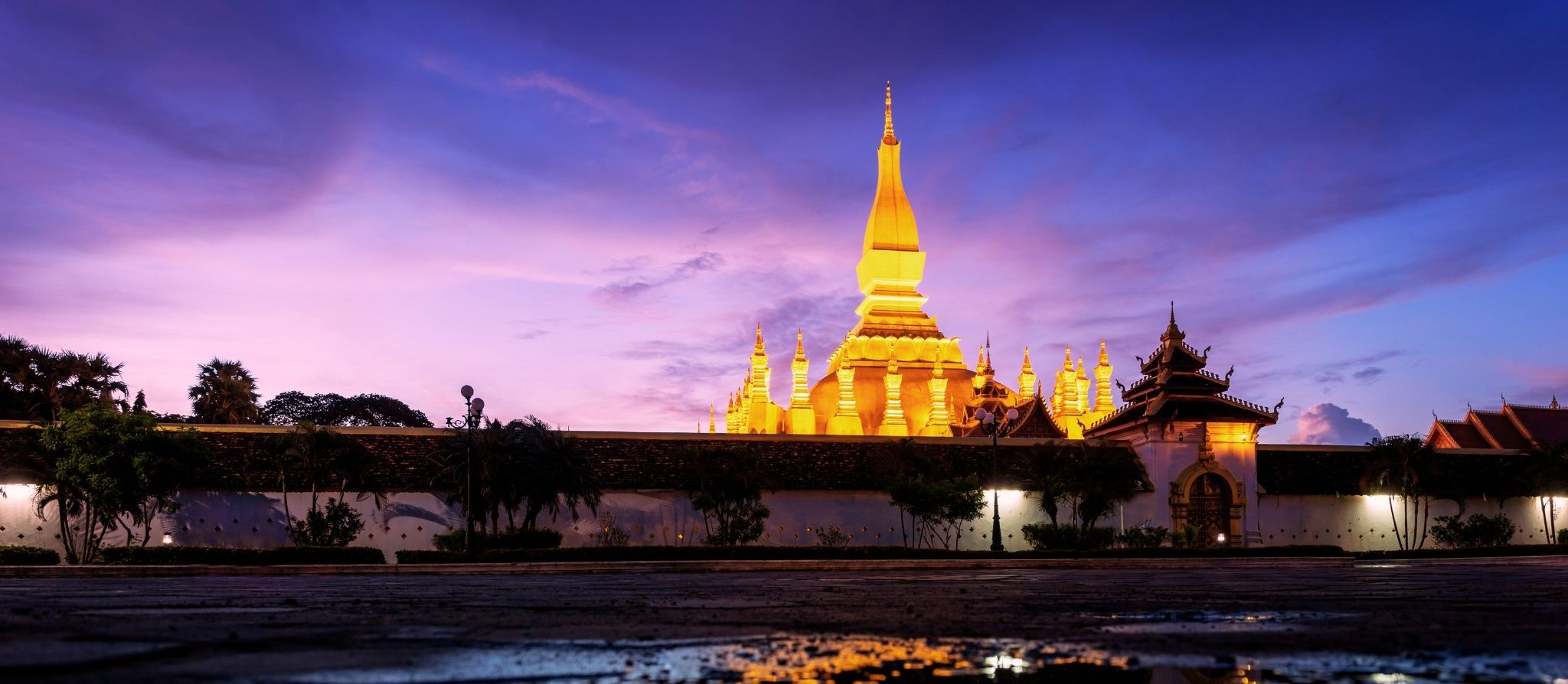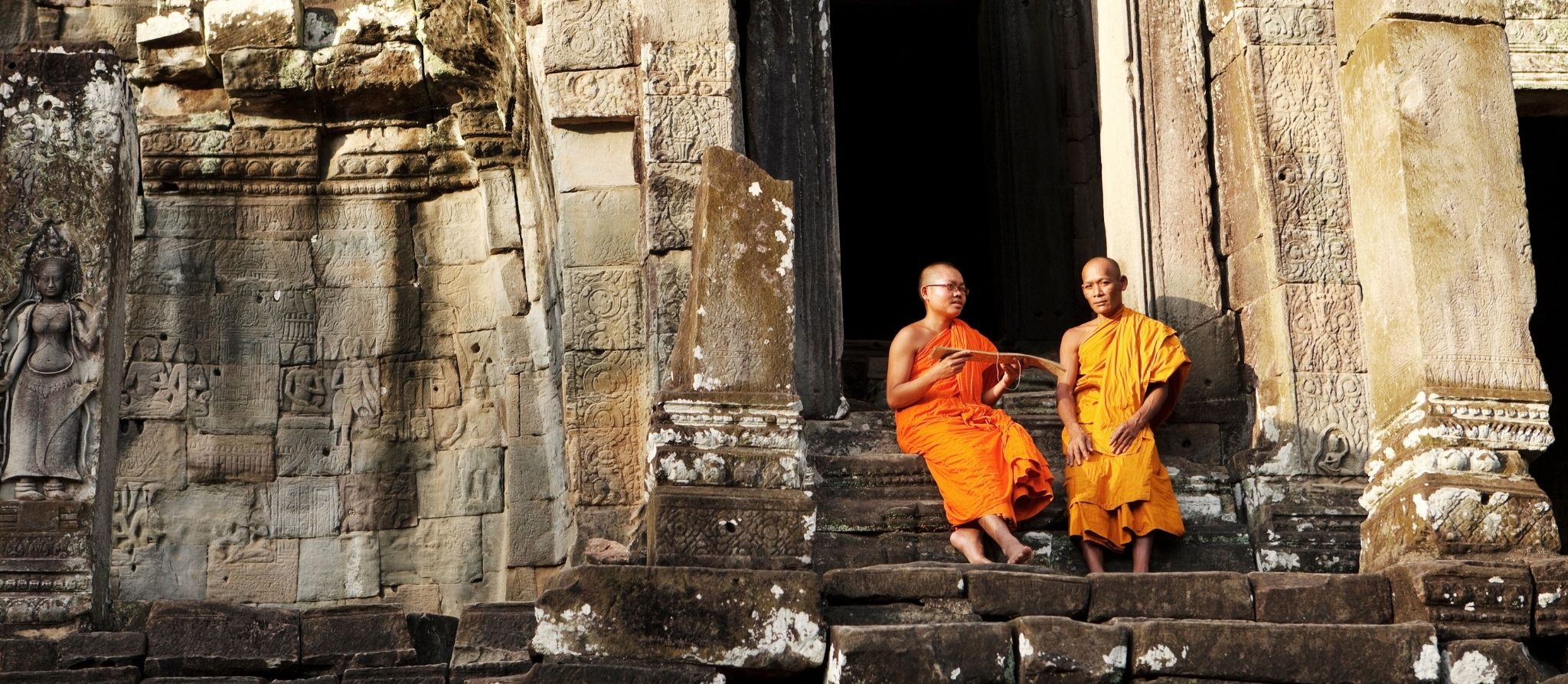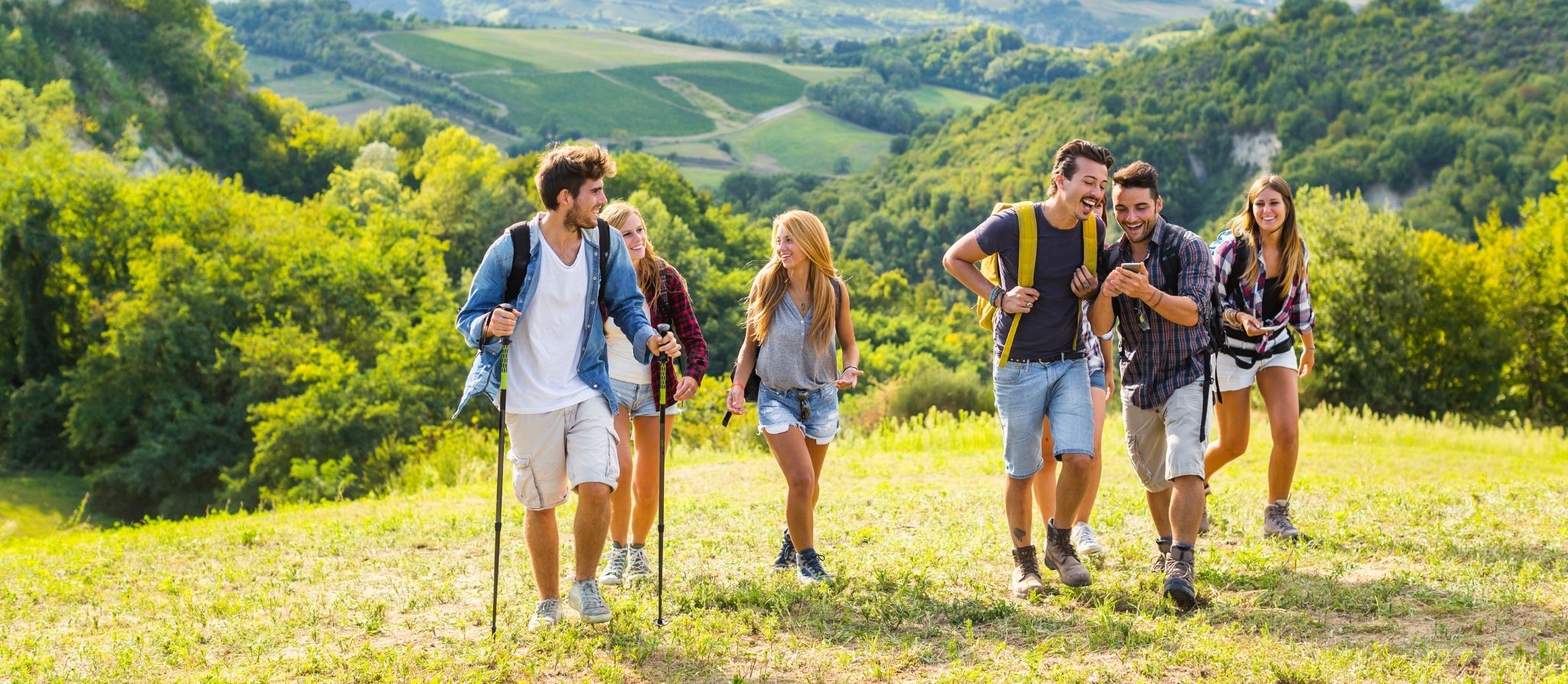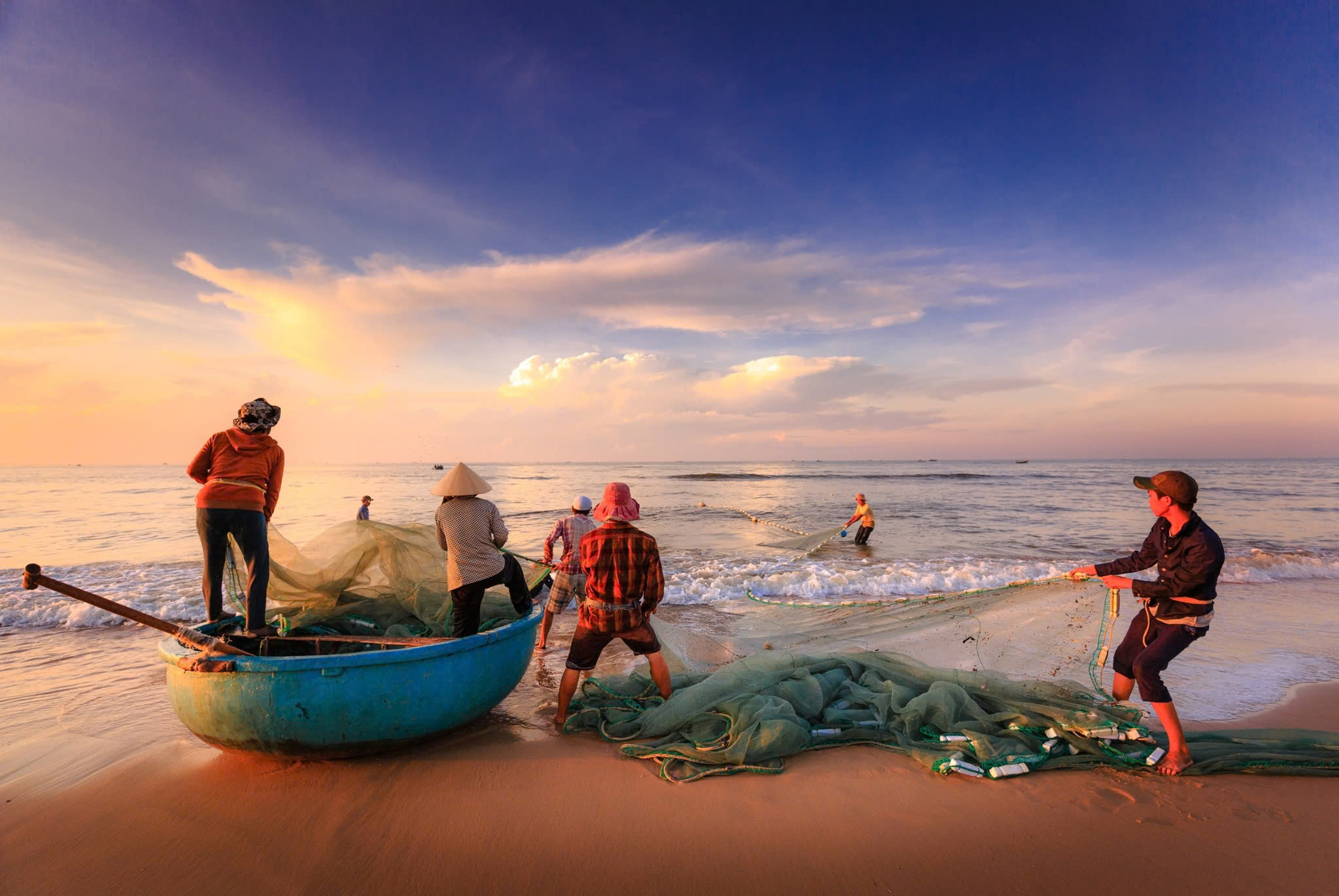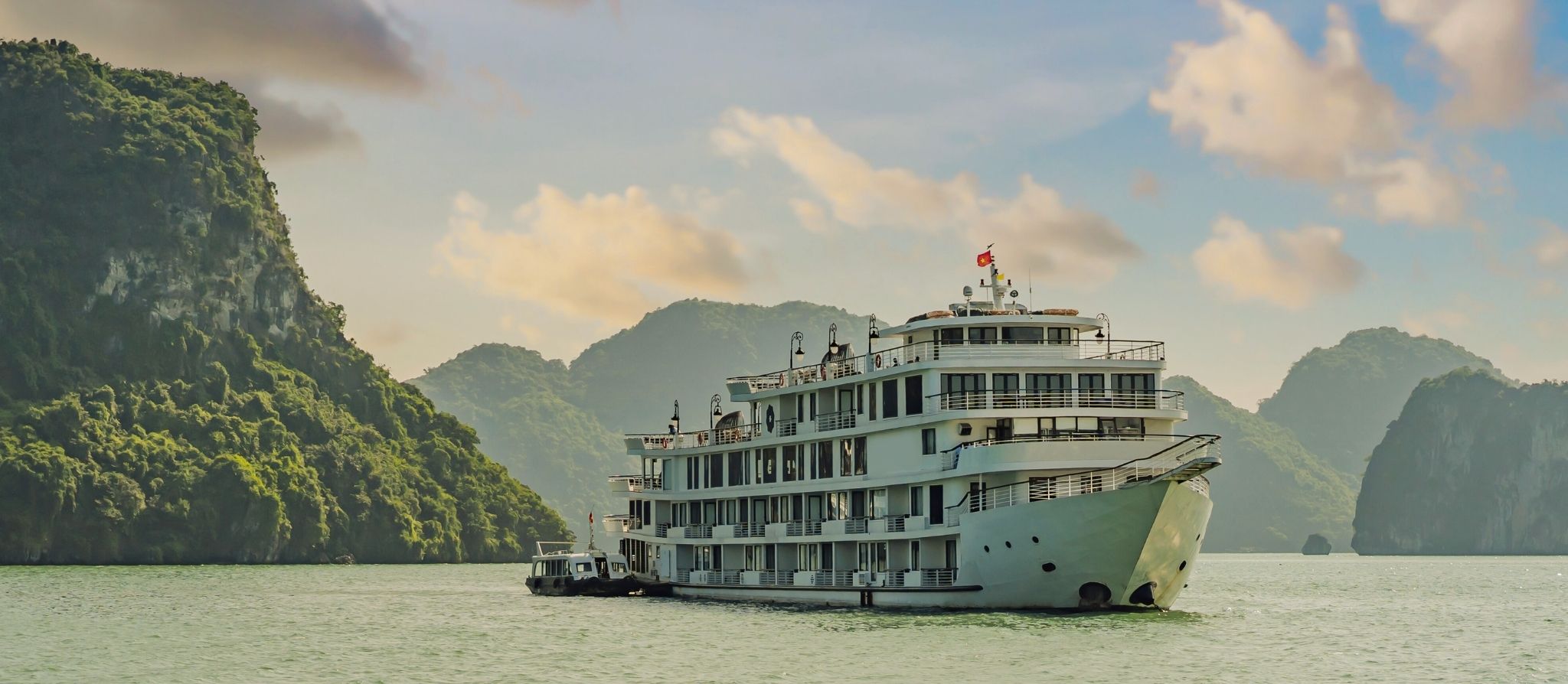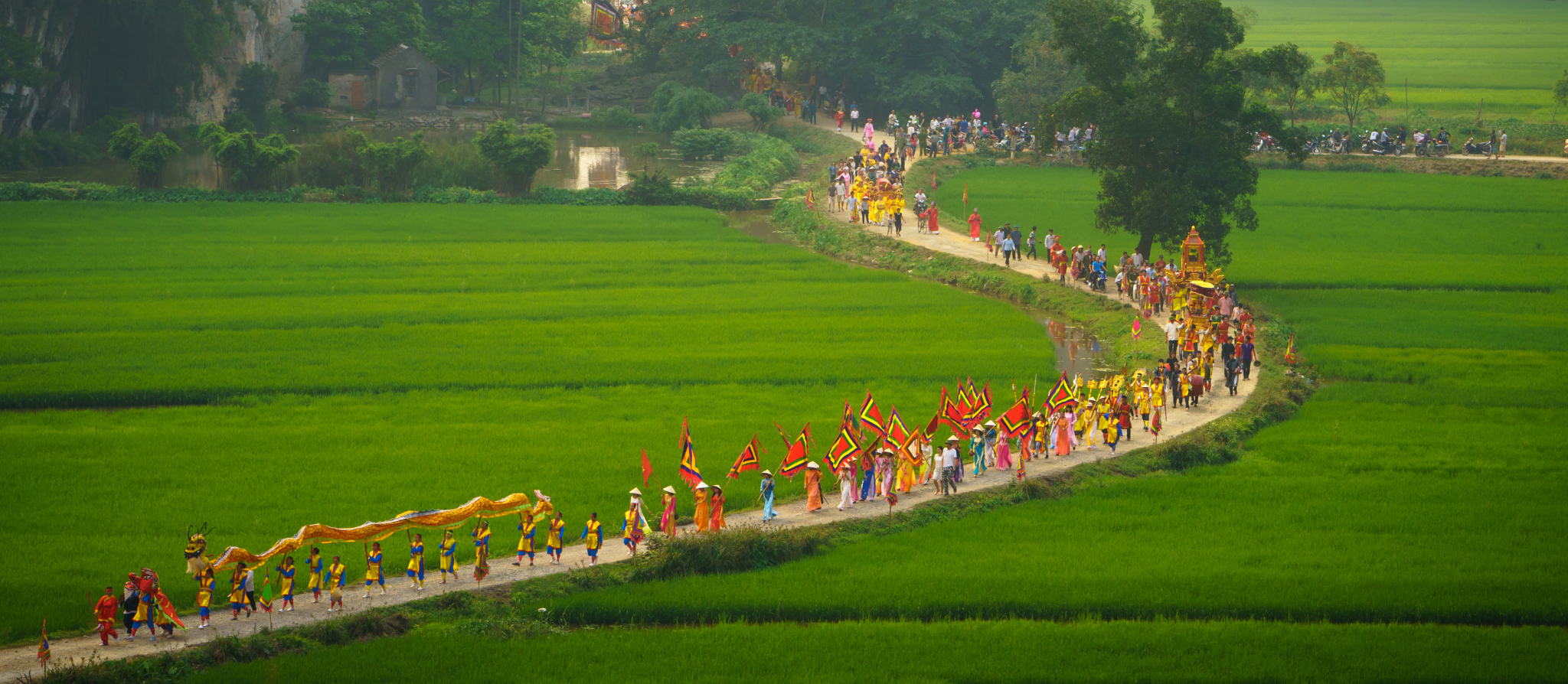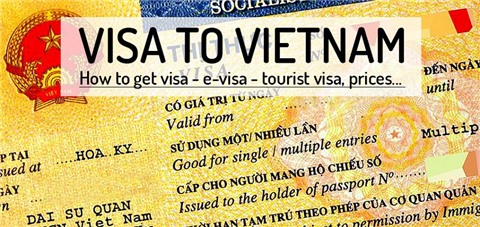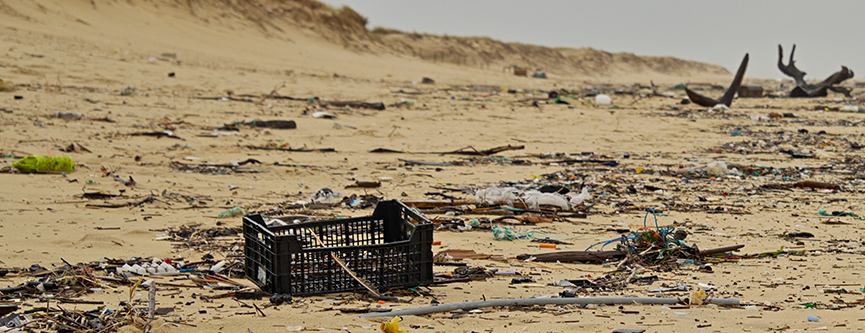Vietnam has become a destination worth visiting; not only for its world renowned destinations, fascinating cultures, as well as numerous World Heritage sites, but also for the variety of trekking options. It leads you through some of the most scenic regions of Northern and Central Vietnam which are often off the beaten track and offer great chance to discover the authentic local cultures.
When to go
Summer months from May To September should be avoided since it can get up to 38°C. Vietnam will experience lots of rain and storms in all regions between May and October, peaking in June. Hence, the best time to travel in Vietnam is between November and April. The temperatures are much cooler of around 10°C – 15°C in this period in the North making the trekking experience more comfortable.
Is it safe to go for going for a hike?
Yes, it’s pretty safe to go for a trekking in Vietnam. You’re recommended to hide a guide instead of travel independently if you want to spend more days venturing deeper into the remote areas. Footprint’s local guides are familiar with the trails, the changes in the weather, the best lookout spots as well as intensively equipped with expertise regarding trekking.

The external circumstances such as weather can cause muddy paths in the mountainous regions. Therefore, if you want to attempt on your own, you should have some experience in trekking skills as well as certain fitness levels. However, if you book our tour, our guide will examine your fitness level and be flexible to suggest you the most proper trekking route adapted to your physical grade. Nevertheless, this should not discourage you from trekking since the great effort will be rewarded with fantastic views.
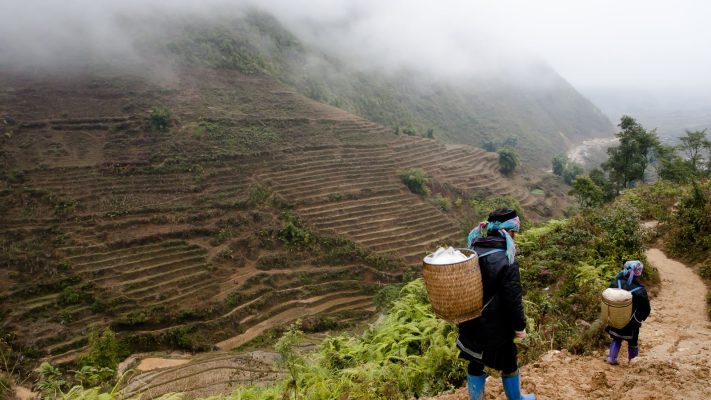
Additionally, most of our guides are local and they speak great English, so know that you’re giving back to the local community when you book a trekking guide.
Where to go
Being well known for its diversity of land, Northern and Central Vietnam offer landscape of extraordinary beauty from farmland, terraced rice paddies to pristine forest and karst. These 4 destinations listed below make it to Footprint’s top trekking destinations:
Sapa
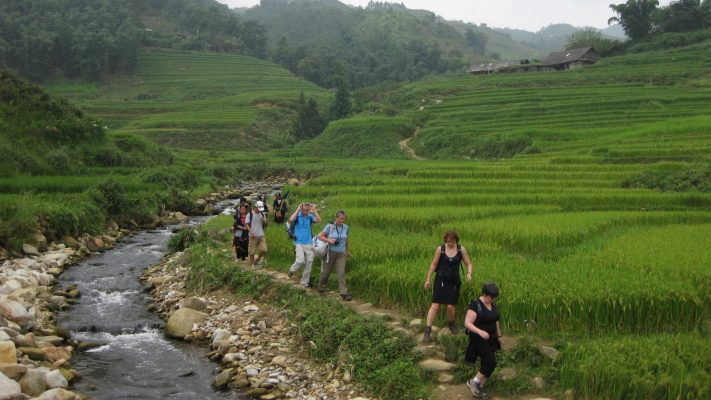
Mai Chau – Pu Luong

Ninh Binh
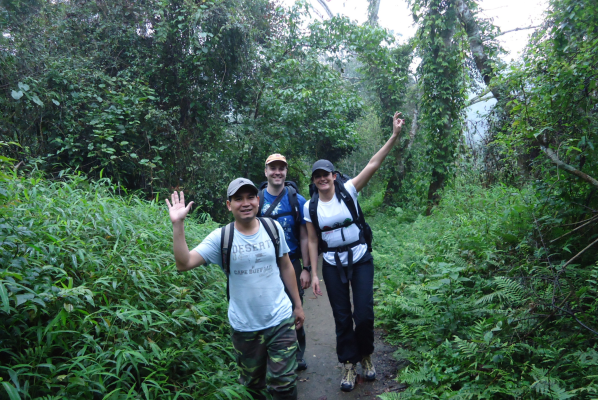
Da Lat

The choices are endless! If you want to travel extensively and delve deeper into these natural beauties, you are highly recommended to book a tour. Take a look at the link above to see how many days you can spend on each destination. Our tours are perfectly crafted to ensure that you have truly valuable experiences everyday spent in Vietnam.
Where to sleep
There is hardly any conventional hotels in the mountainous regions. Depend on each locations, there will be lodge, bungalow or even local homestay in the isolated corner of Vietnam. While lodge and bungalow still provide standard services, homestay is a good choice for adventure-minded travelers due to its open-concept.
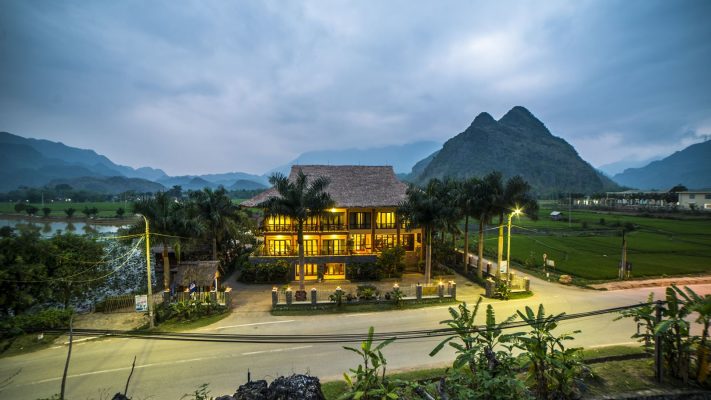
Although the facilities and services are very basic, homestay is ideally suited for travelers who wish to experience the life of the local people. The local element is the highlight since you will have more chance to interact with the locals, try their rice wine and get a taste of authentic local cuisine. Moreover, the locals in remote areas are very friendly and welcoming. They will definitely win your heart with their friendliness and charm.

Departure checklist
Passport, change of clothes, sunglasses & hat, toiletries, sun-block, insect repellent, flashlights, proper hiking boots/shoes, personal first aid kit & medicine, small VND notes. If you feel the need, you can bring along a luggage lock for your belongings.
Travel Tips
For anyone thinking of going for a trekking trip in Vietnam, there are few trekking tips that are useful for your next trip:
1. Trek at your own pace. It’s not a race. You’re not here to compete with the rest of the group.
2. Do not leave the group and wander off alone. If you find you’re lagging behind, try to pair up with a buddy.
3. Trek with meat eaters. They carry better food.
4. Trek with pros (good trekkers). They know what they’re doing.
5. Never be the first person in a line of trekkers. You will also be the first person to walk into spider webs.
6. Always trek behind girls. In case of backdrafts, they smell better.
7. Never wear flat soled shoes.8. Always wear a hat.
9. While walking up or down a steep curving bend, it’s less effort to walk around the outer edge of the bend, but also longer. It’s a trade-off.
10. While walking down a slippery slope, either take long confident strides, or slow measured steps. In the former, you might fall down less, but fall hard. In the latter, you might fall down more often, but lighter. It’s a trade-off.
11. While trekking, wear anti-perspirant, not deodorant.


